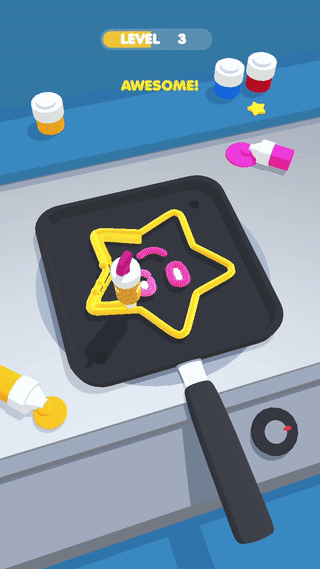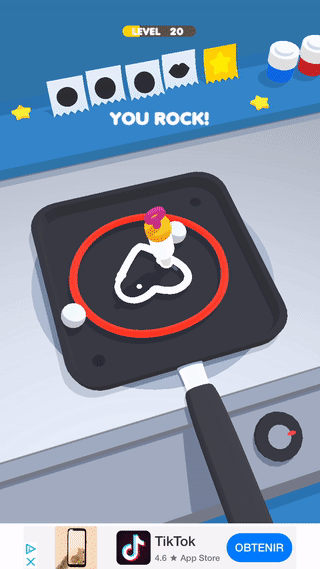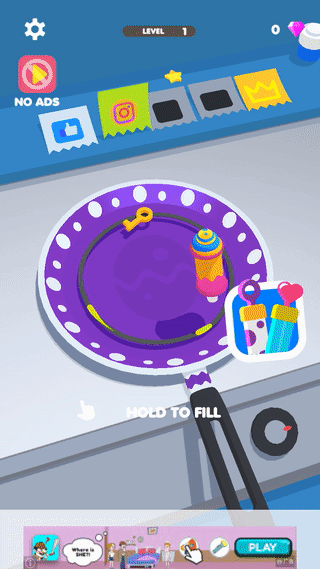Creating Your Prototypes
Every hit's journey begins with a prototype. Prototype testing gives us a valuable insight into the game and can indicate first signs of potential to become a hit.
In order to maximise the chance to extract the real potential, it is important to focus on specific points in the prototype while leaving out others to optimise the development time.

Prototypes are about the market potential
Think Marketability. Marketability. Marketability.
✅ What do I need to check if my concept is marketable?
- The main focus of the prototype is its core mechanic: it has to run smoothly and works properly
- The prototype is visually appealing
- The game feel is satisfying: it includes basic visual and haptic feedback
- The prototype has 5 to 10 minutes of playtime (adapt number of levels based on needs)
- The prototype has minimum art and minimum UI
🚫 What is not necessary?
- No need for stores and advanced progression
- No need for too polished art and environmental details
Prototype testing process
Prototypes tests are the first steps towards publishing:
Here's is a typical production pipeline and process that all games following when publishing at Homa.
🛫 CPI test for marketability and KPI's.
✈️ Pre-publishing and iteration phase.
🚀 Publishing and scaling phase.
Examples of games at different stages
Prototype

Prototype for the testing with the raw core mechanic, minimum UI, and basic progression.
Iteration - Pre-Publishing

Game in iteration with additional UI, progression elements, monetisation.
Live Game (publishing)

Game is published live with a shop / store, additional progression, and monetisation elements.